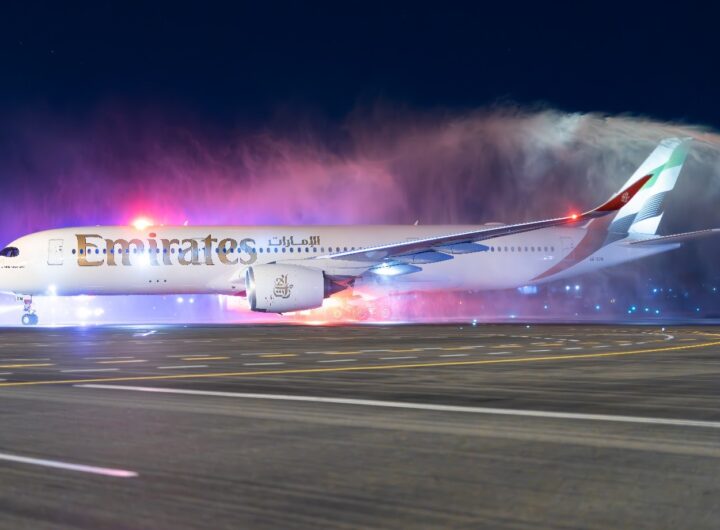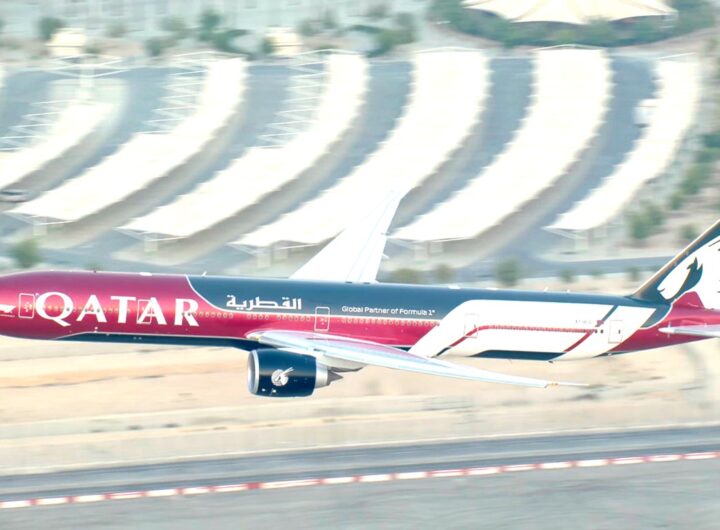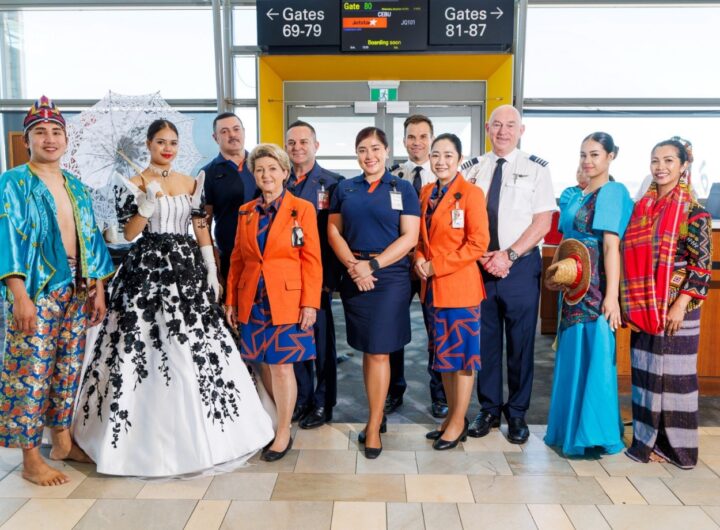
The leader of the world’s largest airline trade association has stated that delays in the delivery of planes by plane builders may be a factor in the pandemic-hit airline industry’s recovery at a time when travel demand is rebounding.
Airlines now have less capacity to meet the rising travel demand, says IATA director general Willie Walsh, due to production problems at Boeing that resulted in the suspension of Dreamliner deliveries and a dispute between Airbus and Qatar Airways that has resulted in the suspension of A350 deliveries.
He said that “it will slow down the recovery, but it does not necessarily mean it’s a bad thing for airlines because what you’re going to have is a potential supply and demand imbalance because its apparent demand is strong,”.
There’s a possibility, however, that we may not be able to meet the demand with the supply, and that could lead to a situation where fares rise as a result.
Additionally, he noted that other supply constraints like the US pilot shortage would affect how soon airlines can recoup capacity lost during pandemics and how quickly the business grows.
In 2022, passenger numbers are expected to reach 83% of pre-pandemic levels, according to IATA’s annual outlook, as a result of strong pent-up demand, the easing of travel restrictions in most countries, low unemployment, and increased personal savings.
However, following two years of the pandemic, global airlines are now facing new issues, including a strong US dollar, rising energy prices, growing inflation, and a lack of workers.
Compared to the pandemic, which brought travel to a standstill and forced airlines to ground planes and lay off employees, Mr Walsh characterised contemporary industry problems as “business as usual.”
It’s a “perfect storm,” he said, “but it’s quite strong compared to the last two years.” Because of what we’ve just been through, I’m sure I’m putting things into perspective.
Since jet fuel accounts for nearly a quarter of all airline operating expenses, the recent spike in oil prices to over $100 is a significant source of anxiety for the industry.
The rise in oil prices hasn’t slowed down the recovery of the business, according to Mr Walsh.
During high oil prices, the industry profited, whereas the business lost money during low oil prices.
This is a factor, but how airlines adapt to other market conditions is just as important.
This year’s losses in the global aviation industry are estimated to be $9.7 billion, compared to the $11.6 billion losses forecast in October 2021. This is an improvement compared to losses of $137.7bn in 2020 and $42.1bn in 2021.
According to Iata’s most recent prediction, the industry will be profitable in 2023.
Despite the industry’s issues, Middle East airlines’ balance sheets are strong enough to withstand those pressures, according to Mr Walsh.
Many regional airlines will benefit from restoring foreign routes and long-haul flights in particular.
Net losses in the region are predicted to decrease to $1.9 billion in 2022 from $4.7 billion in 2017. An estimated 79.1 per cent of pre-crisis demand is projected.
Carriers in the Middle East are likely to break even in 2023.
This region will be profitable in 2023, says Mr Walsh, who has spoken to other CEOs in the area and found them to be very upbeat about their financial results.
Emirates has stated that it aims to turn a profit in 2023.
In the fiscal year ending on March 31st, Qatar Airways made a profit thanks to increased cargo trade and passenger traffic. After suffering a 14bn rial deficit the previous year, Qatar Airways made a nett profit of 1.5bn Qatari Rials ($5.6bn).
 Qantas Unveils New Auckland International Lounge Ahead of Holiday Rush
Qantas Unveils New Auckland International Lounge Ahead of Holiday Rush  Emirates A350 Debuts in Adelaide with New Premium Economy, Boosting Connectivity and Comfort to Dubai
Emirates A350 Debuts in Adelaide with New Premium Economy, Boosting Connectivity and Comfort to Dubai  Qantas Elevates A380 First Class with New Fine Dining, Aesop Amenity Kits and Bollinger Champagne
Qantas Elevates A380 First Class with New Fine Dining, Aesop Amenity Kits and Bollinger Champagne  Qatar Airways’ New Formula 1 Livery Takes Off: Swizz Beatz–Designed Boeing 777 Tours the World After Qatar Grand Prix Debut
Qatar Airways’ New Formula 1 Livery Takes Off: Swizz Beatz–Designed Boeing 777 Tours the World After Qatar Grand Prix Debut  Jetstar Launches First Direct Brisbane–Cebu Flights: New Gateway from Queensland to One of the Philippines’ Most Beautiful Islands
Jetstar Launches First Direct Brisbane–Cebu Flights: New Gateway from Queensland to One of the Philippines’ Most Beautiful Islands  Thailand’s Hottest Rooftop Bars: Sky-High Sundowners in Chiang Mai, Bangkok and Pattaya
Thailand’s Hottest Rooftop Bars: Sky-High Sundowners in Chiang Mai, Bangkok and Pattaya  Chasing Endless Summer: 5 Sizzling Hotspots Where the Sun Never Takes a Break
Chasing Endless Summer: 5 Sizzling Hotspots Where the Sun Never Takes a Break  Oceania Sonata to Debut Two Groundbreaking Fine-Dining Concepts at Sea in 2027
Oceania Sonata to Debut Two Groundbreaking Fine-Dining Concepts at Sea in 2027 